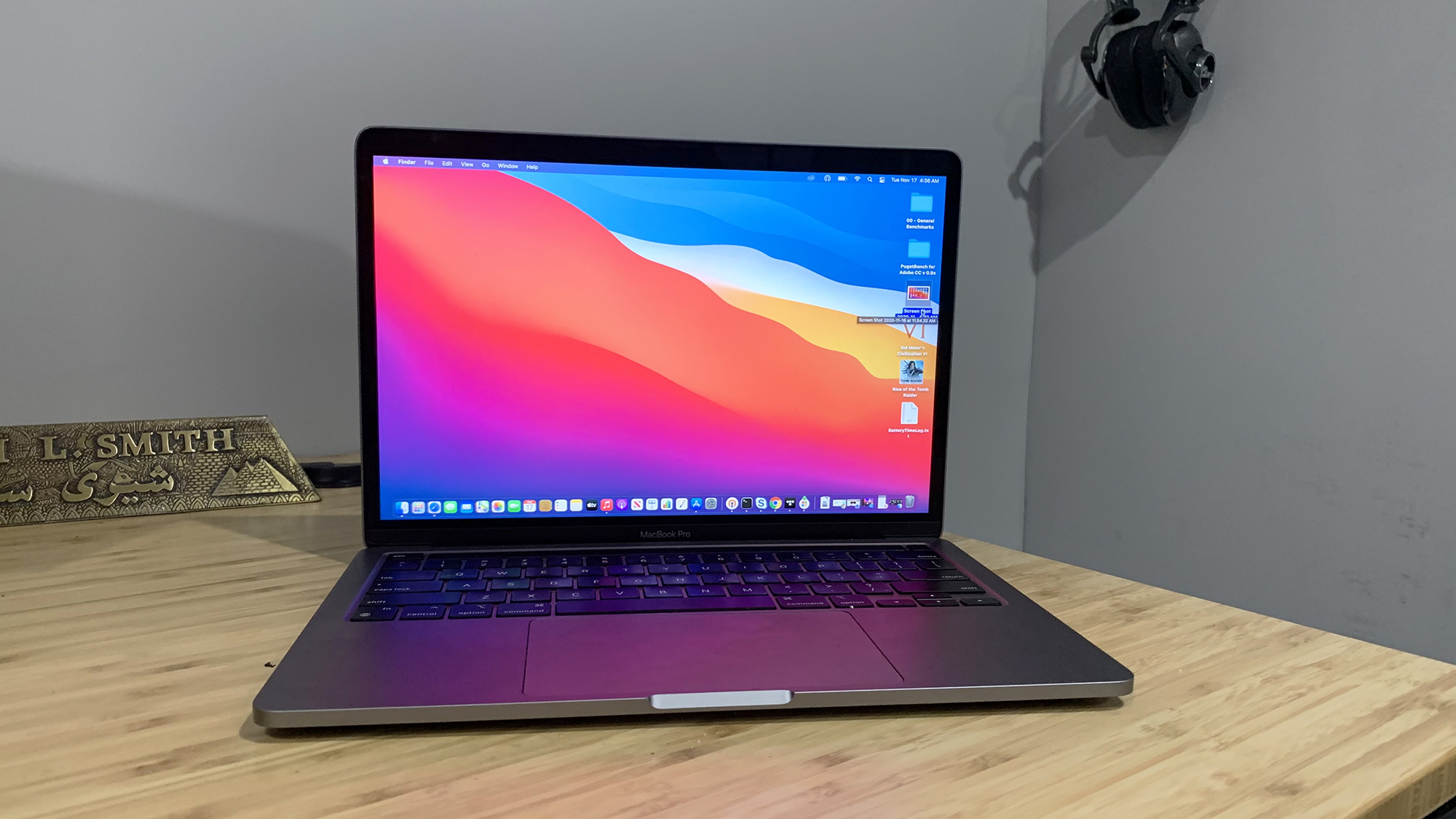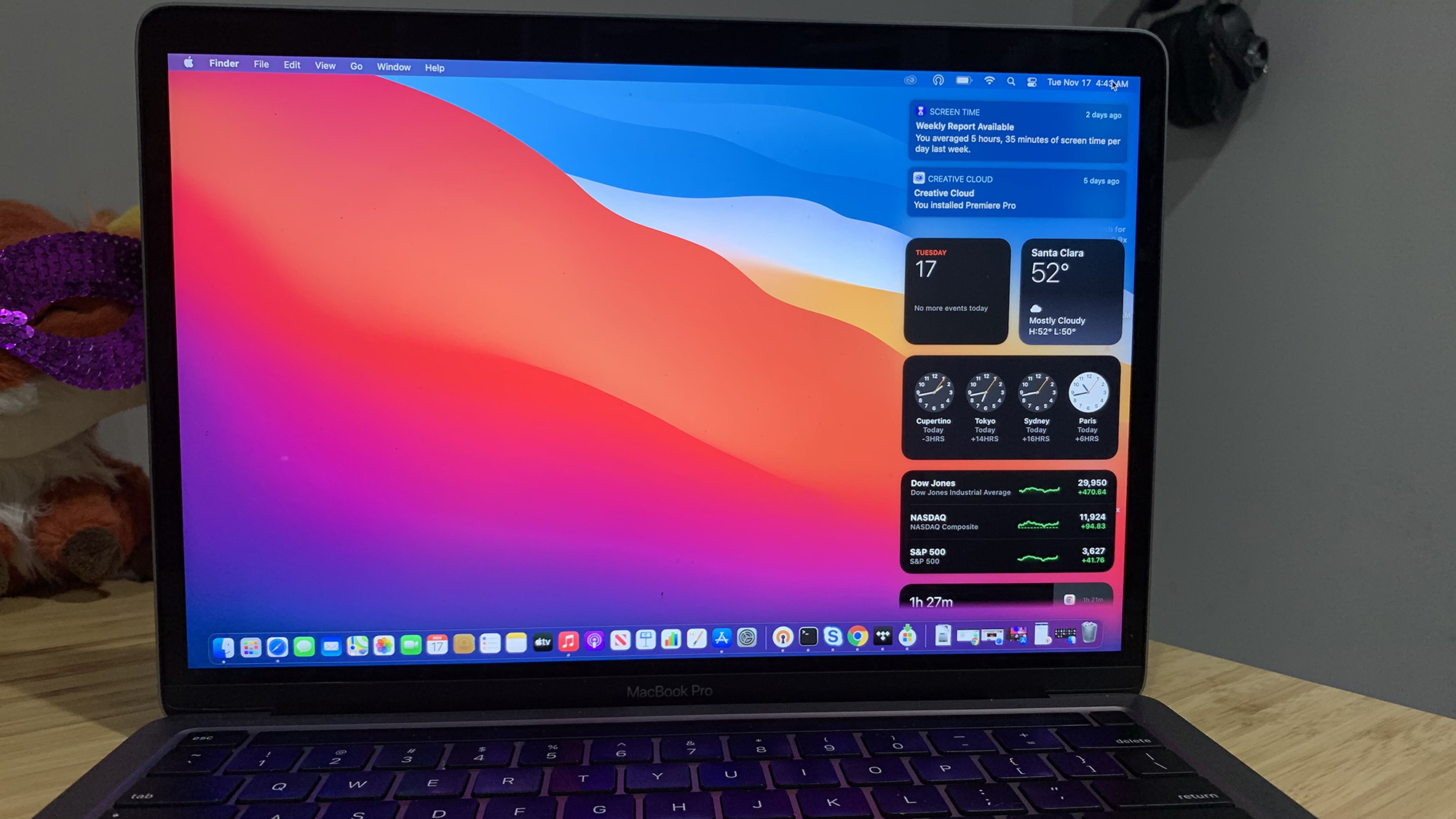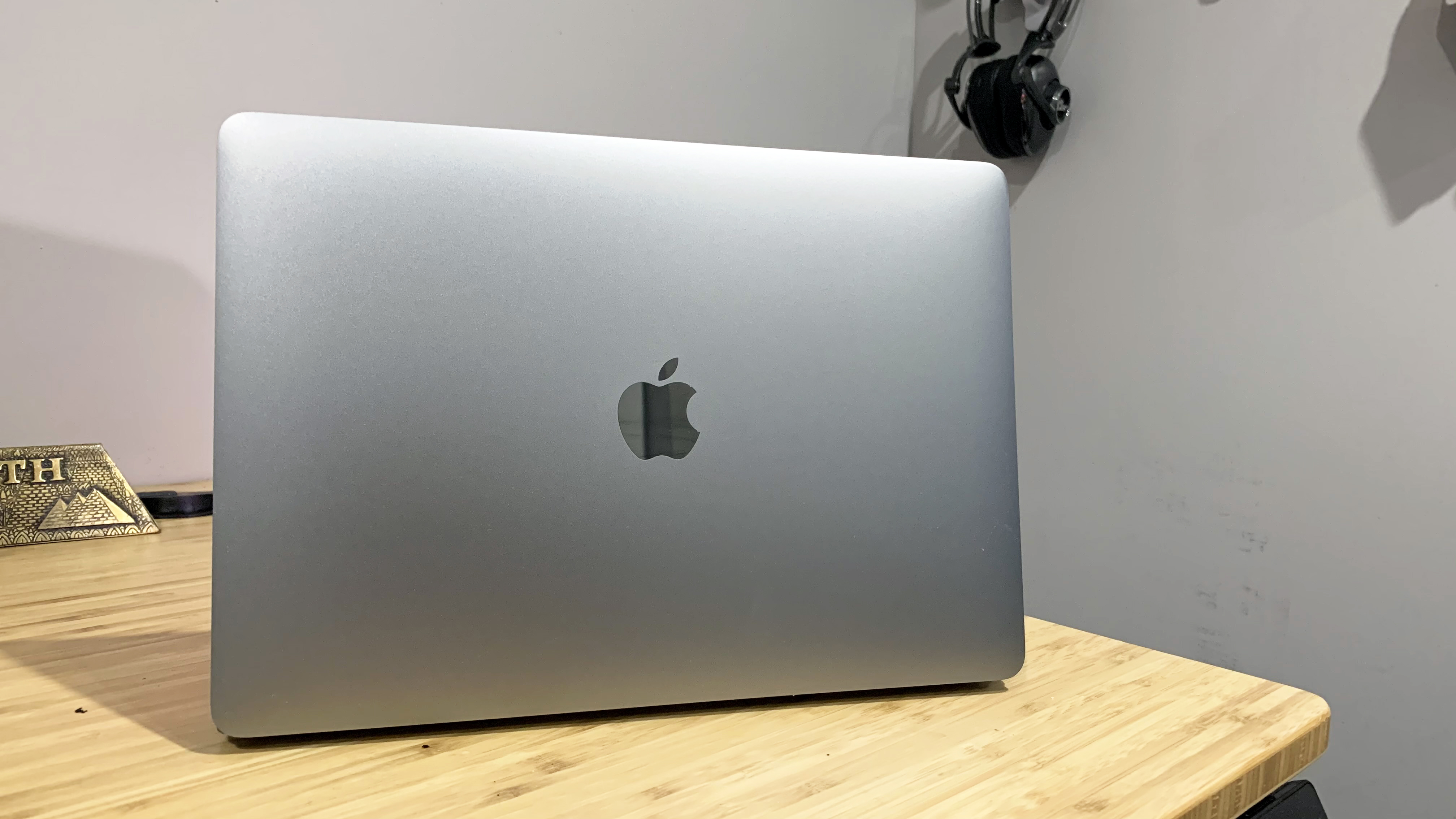Why is everyone so excited about the M1 MacBooks?
Apple drops a shiny new toy, but is it worth the upgrade?

Why is everyone so excited about the M1 MacBooks?
As Apple put it, ‘This isn't an upgrade. It’s a breakthrough.” Put simply it’s a major leap forward in the Apple ecosystem and PC marketplace in general, but is the hype really justified?
For those living inside an Apple ecosystem, a significant change comes with the ability to run iPhone and iPad apps on your laptop with a true desktop-viewing experience. These apps (mostly) support mouse and trackpad controls, as well as resizable windows, and the menu bar, of course. But the introduction of the M1 chip goes way beyond the ability to use iPhone and iPad apps on the Mac.
So what is the M1 Chip?
The M1 chip is a single system on chip (SoC), meaning it has all the related chips like security, memory, and a processor built-in. These were all separate previously. The new integration on to the SoC means performance and battery life see unprecedented improvements while simultaneously delivering lower power consumption - in fact, Apple boasts that the M1 chip can match the peak performance of the latest PC chip while consuming only 25% of the power.
Mind-blowing Numbers
A whopping 16 billion transistors have been packed into the M1 - the most Apple has ever put in a chip. The UMA or unified memory architecture manages the high-bandwidth and low-latency memory into a single pool so whenever these resources are required the SoC uses it from the same pool. No more copying from each pool separately. It’s just one of many ways this new chip architecture improves performance while lowering power consumption. Apple, in an attempt to gain ever-tightening control of its product line actually reinvented how RAM works.
One of the biggest buying factors usually comes down to the graphics. On the M1 graphics performance is managed on an integrated chip. It negates the need for a separate power-hungry processor and allows for a 2x improvement versus the leading PC chip, according to Apple.
The neural engine on the M1 doesn’t fail to impress either. The 16-core design crunches a whopping 11 trillion operations per second compared to the 5 trillion per second the A12 chip on the iPhone 12 delivers. Which, according to Apple, offers a 15x faster machine learning performance.
With all the benefits of performance and speed, normally the battery life is where hardware has to make sacrifices. But as mentioned, due to the integrated SoC the improvements noted above and Apple’s tightly-knit hardware and software management, battery life is headed in the direction users want it to go. As with each of their upgrades, Apple is noting that it will deliver the best battery life ever on a Mac. And in my limited time with both the MacBook Air and Pro, Apple delivers. It falls a little shy of estimates, but I was able to get 10+ hours out of each machine without issue.
Sign up to receive The Snapshot, a free special dispatch from Laptop Mag, in your inbox.
Is it Really That Good?
Geekbench scores show a massive improvement from previous Intel-based Macs. I’m not one to geek out over numbers, especially when they don’t always align with real-world usage, but it’s hard not to get excited about a new MacBook Air that’s more powerful than any of Apple’s previous, Intel-based MacBook Pro offerings.
Some say that the first version of any new technology should be a cautionary purchase. This is where users serve as unwitting beta testers to new hardware and software. But in the case of the M1, I’ve yet to meet someone who has used one -- myself included — who wouldn’t recommend it. It’s that good.
Final Thoughts
Apart from the usual "lack of ports" or a still less-than-stellar webcam, there isn’t much to list in the “cons” category of these new M1 Macs. The incredible improvements to both performance and battery life really take the entire line to the next level. Apple, perhaps for the first time in years, has delivered.
Bryan covers everything you need to know about Windows, social media, and the internet at large for Laptop Mag. Thanks to his extensive knowledge of operating systems and some of the most popular software out there, Bryan has written hundreds of helpful guides, including tips related to Windows 11 drivers, upgrading to a newer version of the OS, editing in Microsoft Photos, or rearranging pages in Google Docs.



